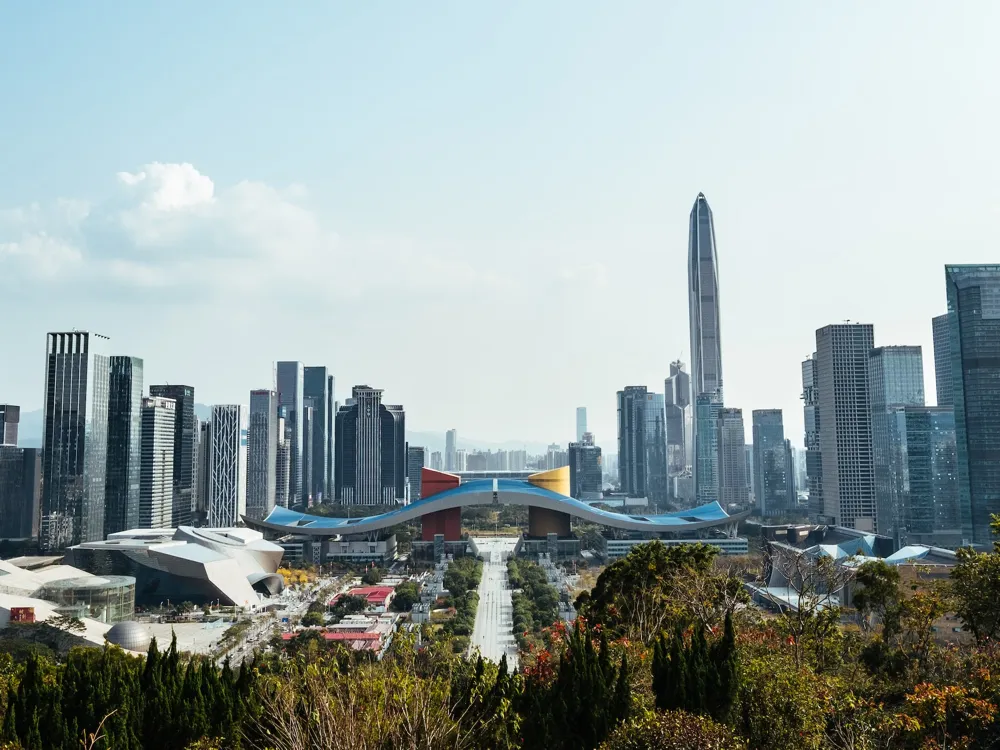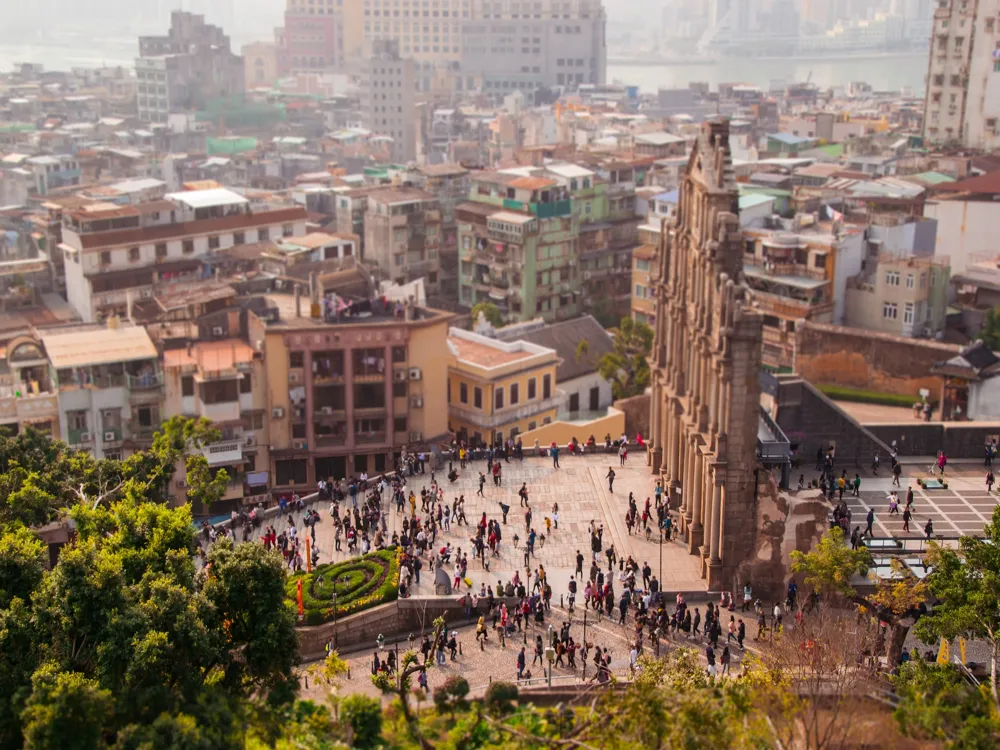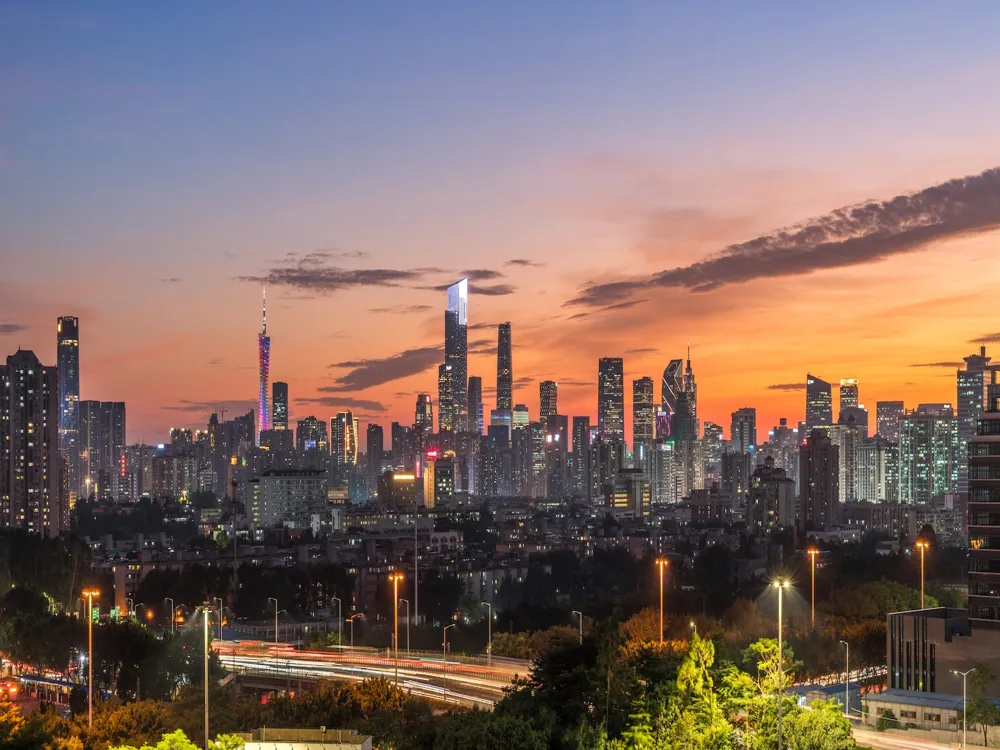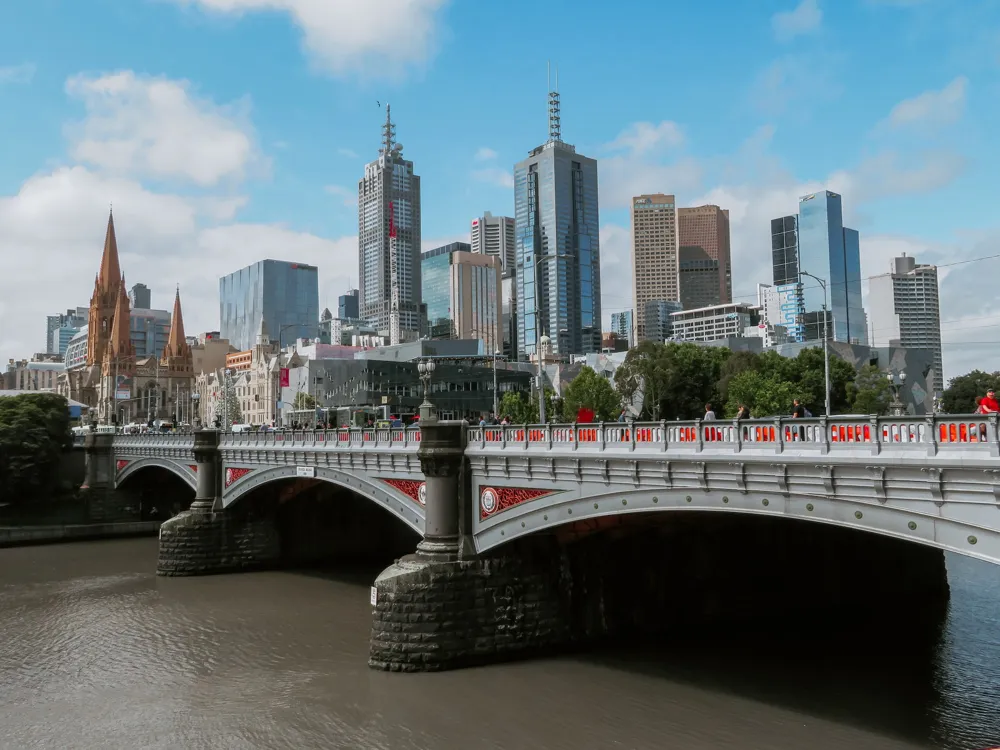Ko Shing Street, a bustling thoroughfare in the heart of Hong Kong, offers a unique blend of historical significance and modern vibrancy. Nestled within the Sheung Wan district, this street is renowned for its rich cultural heritage, been a hub for traditional Chinese medicine since the late 19th century. It presents a fascinating juxtaposition of old and new, where time-honored shops selling medicinal herbs and dried seafood coexist with contemporary cafes and boutiques. The history of Ko Shing Street dates back to the colonial era when it was originally named 'High Street'. Its transformation over the years reflects the dynamic nature of Hong Kong, adapting to the changing needs and trends while preserving its traditional essence. This street is not just a commercial center but also a living museum, showcasing the evolution of Hong Kong's urban landscape and its enduring connection to Chinese cultural roots. Visitors to Ko Shing Street are greeted with an array of sensory experiences. The aroma of dried herbs, the vibrant storefronts with their traditional signage, and the bustling crowds create an atmosphere that is quintessentially Hong Kong. This street serves as a testament to the city's ability to preserve its heritage amidst rapid urbanization, making it a must-visit destination for anyone looking to experience the true essence of Hong Kong. The architecture of Ko Shing Street is a visual narrative of Hong Kong's history and cultural evolution. The street is lined with buildings that span various architectural styles, from Victorian-era structures to post-war tenement buildings, known locally as 'Tong Lau'. These buildings are characterized by their narrow facades, intricate balconies, and a blend of Eastern and Western design elements, reflecting the multicultural influences that have shaped Hong Kong. One of the key architectural features of Ko Shing Street is the use of 'Tong Lau' buildings. These structures, typically three to four stories high, were built during the late 19th and early 20th centuries. They combine residential and commercial spaces, with shops on the ground floor and living quarters above. The design of Tong Lau buildings is a testament to the efficient use of space in a densely populated city like Hong Kong, maximizing utility while preserving a unique aesthetic. The facades of the buildings on Ko Shing Street are adorned with a mix of Chinese and European motifs, from intricate iron railings to traditional Chinese signboards. These elements not only add to the street's visual appeal but also tell a story of cultural integration and exchange. The preservation of these buildings has become a priority in recent years, with efforts to maintain their historical integrity while adapting them to modern needs. Visiting Ko Shing Street in the morning or late afternoon is ideal, as the street is less crowded and the weather is more pleasant. Weekdays are generally less busy than weekends. When shopping on Ko Shing Street, it's recommended to browse respectfully. Bargaining is common but do it politely. Be aware that some shops specialize in wholesale, so retail purchases might not always be possible. Visitors should be culturally sensitive, especially in shops selling traditional Chinese medicine. These establishments are part of the local heritage, and showing respect is appreciated. For photography enthusiasts, Ko Shing Street offers many photogenic spots. However, always ask for permission before taking photos inside shops or of people. Explore the local eateries and tea houses around Ko Shing Street for an authentic taste of Hong Kong cuisine. Remember that some traditional tea houses have their etiquette, which adds to the experience. Reaching Ko Shing Street is convenient thanks to Hong Kong's efficient public transport system. The nearest MTR (Mass Transit Railway) station is Sheung Wan, located on the Island Line. After exiting the station, a short walk along Des Voeux Road West will lead you directly to Ko Shing Street. Additionally, numerous bus routes serve the area, making it accessible from various parts of the city. For those preferring a more scenic route, the tram services, known as 'Ding Ding', offer a leisurely and picturesque journey through Hong Kong Island's major streets, including a stop near Ko Shing Street. Taxis are another convenient option, especially for those traveling from outside Hong Kong Island. They provide a quick and direct route to Ko Shing Street, though traffic conditions can vary. For visitors who enjoy exploring on foot, walking from nearby districts like Central or Lan Kwai Fong offers an immersive way to experience the city's vibrant street life en route to Ko Shing Street. Read More:Overview of Ko Shing Street, Hong Kong
Architecture of Ko Shing Street
Tips When Visiting Ko Shing Street
Best Time to Visit
Shopping Etiquette
Cultural Sensitivity
Photography Tips
Food and Beverages
How To Reach Ko Shing Street
Ko Shing Street
Hong Kong
NaN onwards
View hong-kong Packages
Hong-kong Travel Packages
View All Packages For Hong-kong
Top Hotel Collections for Hong-kong

Private Pool

Luxury Hotels

5-Star Hotels

Pet Friendly
Top Hotels Near Hong-kong
Other Top Ranking Places In Hong-kong
View All Places To Visit In hong-kong
View hong-kong Packages
Hong-kong Travel Packages
View All Packages For Hong-kong
Top Hotel Collections for Hong-kong

Private Pool

Luxury Hotels

5-Star Hotels

Pet Friendly




















